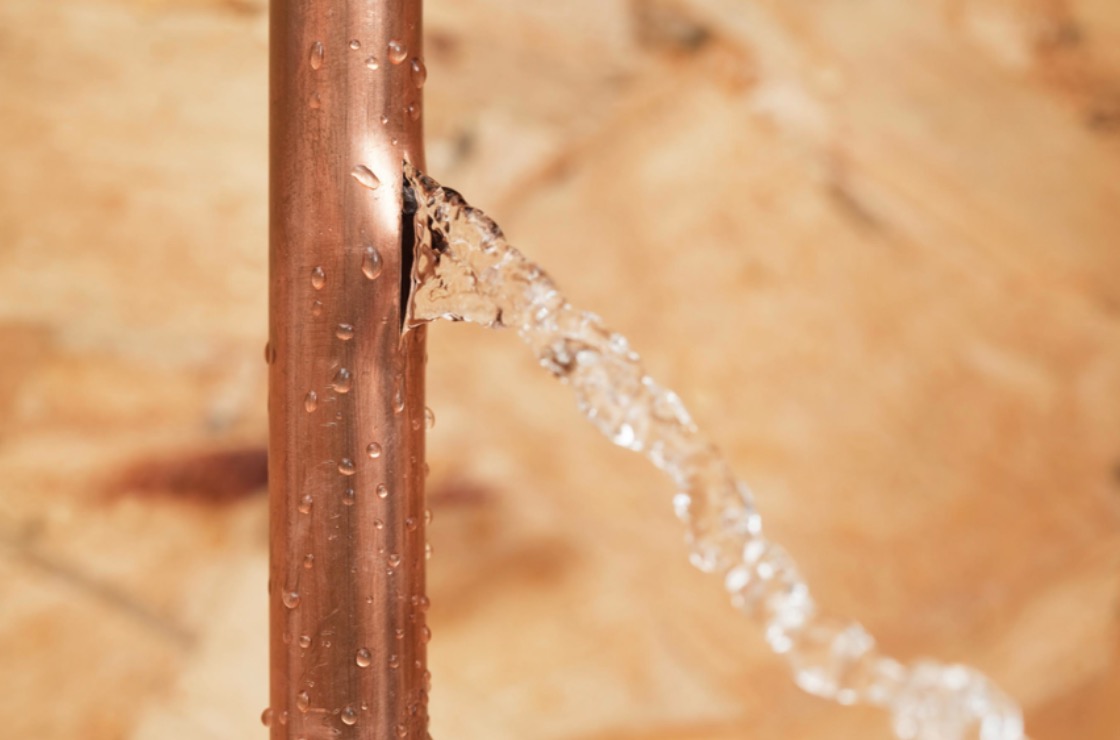The House's Primary Typical Leak Triggers: Analysis
The House's Primary Typical Leak Triggers: Analysis
Blog Article
Everybody will have his or her own rationale on the subject of How to Find Water Leaks.

Leakages not just cause waste of water but can additionally cause unneeded damage to your home as well as promote undesirable organic growth. Sadly, water leakages may go undetected considering that most of the pipework in our residence is hidden. By recognizing and looking for day-to-day scenarios that create leakages, you can protect your home from future leakages and also unneeded damage. Today, we will consider 6 leakage creates that might be triggering your pipes to trickle.
Encroaching origins
The majority of water leakages start outside your house instead of inside it. If you notice an unexpected decline in water pressure, say in your tap, take some time to go out as well as analyze your backyard. You could observe damp patches or sinkholes in your backyard, which could indicate that tree roots are getting into water lines triggering water to seep out. You can have your plumber look for invasion, especially if you have trees or shrubs near your building.
Corroded water supply
As time passes by, your plumbing system ages as well as deterioration such as rust might start gnawing the pipelines. This may be the cause of staining or warping on your pipes. This requires an assessment with your plumber instantly. Take into consideration replacing the pipelines given that they are at a greater danger of rust than the more recent designs if our plumbing system is old.
Malfunctioning Pipe Joints
Pipeline joints can weaken over time, resulting in water leaks. If you have noisy pipelines that make ticking or banging noises, especially when the hot water is turned on, your pipeline joints are most likely under a whole lot of stress.
Instantaneous temperature adjustments.
Severe temperature modifications in our pipes can trigger them to increase and acquire unexpectedly. This development and also contraction might create cracks in the pipes, specifically if the temperature are below freezing. If you kept an eye on just how your plumbing works, it would be best. The presence of the previously discussed conditions often shows a high threat.
Poor Water Connectors
At times, a leakage can be triggered by loosened hoses and also pipes that supply your devices. In instance of a water links leak, you might observe water running directly from the supply line or puddles around your appliances.
Clogged Drains
Clogged drains might be aggravating as well as inconveniencing, but they can often wind up creating an overflow leading to burst pipelines. Maintain eliminating any materials that may drop your drains pipes that might clog them to stay clear of such aggravations.
All the above are reasons for leakages yet not all water leaks result from plumbing leakages; some leaks may come from roof leaks. All leaks should be fixed right away to avoid water damages.
Leakages not just trigger waste of water yet can additionally create unneeded damage to your house as well as promote undesirable natural growth. By looking and also understanding for daily circumstances that trigger leaks, you can safeguard your residence from future leaks and unneeded damages. Today, we will look at 6 leak triggers that may be causing your pipes to drip.
At times, a leakage can be triggered by loosened hoses and pipelines that provide your devices. In instance of a water connections leakage, you might observe water running directly from the supply line or puddles around your appliances.
How To Check For Water Leak In Your Home
How To Check for Leaks
The average household's leaks can account for nearly 10,000 gallons of water wasted every year and ten percent of homes have leaks that waste 90 gallons or more per day. Common types of leaks found in the home are worn toilet flappers, dripping faucets, and other leaking valves. These types of leaks are often easy to fix, requiring only a few tools and hardware that can pay for themselves in water savings. Fixing easily corrected household water leaks can save homeowners about 10 percent on their water bills.
To check for leaks in your home, you first need to determine whether you're wasting water and then identify the source of the leak. Here are some tips for finding leaks:
Take a look at your water usage during a colder month, such as January or February. If a family of four exceeds 12,000 gallons per month, there are serious leaks.
Check your water meter before and after a two-hour period when no water is being used. If the meter changes at all, you probably have a leak.
Identify toilet leaks by placing a drop of food coloring in the toilet tank. If any color shows up in the bowl after 10 minutes, you have a leak. (Be sure to flush immediately after the experiment to avoid staining the tank.)
Examine faucet gaskets and pipe fittings for any water on the outside of the pipe to check for surface leaks.
Undetected water leaks can happen without the home or business owner even realizing. If you suspect a water leak, but not able to find the source. It is time to contact a professional water leak detection service, The Leak Doctor.
How To Find a Water Leak In Your Home
https://www.leakdoctor.com/blog/How-To-Check-For-Water-Leak-In-Your-Home_AE197.html

We were shown that editorial about Most Common Causes of Leaky Pipes from a friend on another blog. Loved our posting? Please share it. Help another person check it out. We truly appreciate reading our article about How to Find Water Leaks.
The right fix? Ring! Report this page